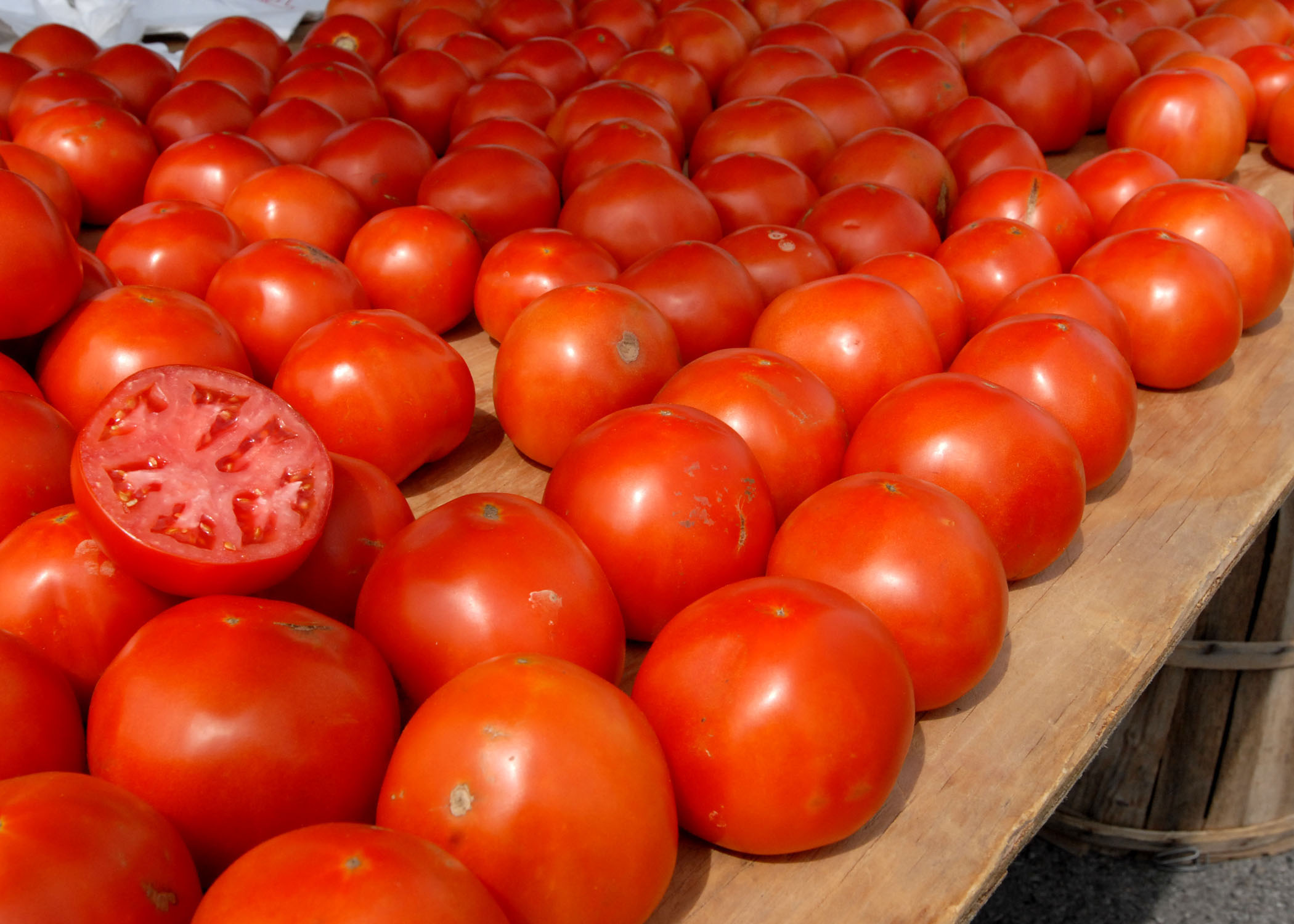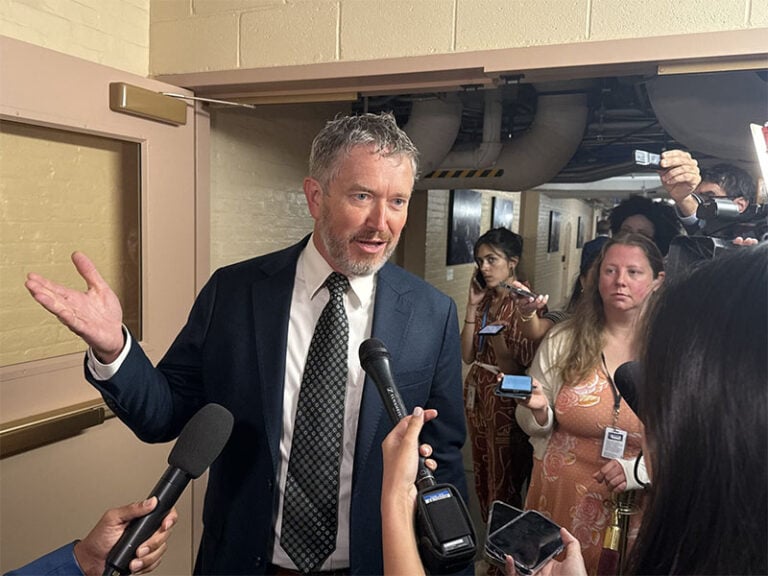
By Tim Thornberry
Special to NKyTribune
As the state’s fruit and vegetable growing season hits full stride, farmers will once again have the chance to sell their “ugly” produce and, at the same time, help feed hungry Kentuckians.
It’s the work of the Farm to Food Banks program operated the Kentucky Association of Food Banks. The association pays farmers just below wholesale prices for produce that would not otherwise be sold because of cosmetic imperfections or overproduction, called seconds. The Farm to Food Banks program then distributes it to food banks across the state.
“It might be a zucchini that is fatter on one end than the other or a tomato that is smaller than standard grocery store packaging” said Angie Allman, Farm to Food Banks coordinator.

Tamara Sandberg, KAFB executive director said this season marks the second year in which state funds have been available to purchase these foods, which go to low-income Kentucky families through the state’s food bank network.
“We help offset their (farmers’) costs for taking that produce from the field, boxing it up and taking it to a food bank,” she said.
Sandberg said she hopes to spend more than $640,000 with farmers this season using state dollars allocated by the 2014 General Assembly. Legislators designated $1.2 million over a two-year period for the program; previously, Farm to Food Banks relied on funding from grants and private donations.
Last year, the funding meant more than 3 million pounds of produce was distributed through the Farm to Food Banks program, Sandberg said.
“That was enough to fill a half of a plate of fruits and vegetables for 4.8 million meals so a measurable impact has come about as a result of this,” she said.
In addition to helping families in need, the program has benefitted the state’s economy.
“Over 370 different Kentucky farmers benefited last year, and the average payment was $1,450. But there were actually 10 farmers that received over $10,000 from us last year and starts to really make an impact on a farmer’s bottom line,” said Sandberg. “It could make the difference between breaking even and ending up with a profit for the year.”
Even with the additional state funding, Sandberg said the money ran out before they ran out of farmers who wanted to participate. Produce growers often have food left in the field that is considered unsellable, and most of that food would be left if not for programs like Farm to Food Banks.
Sandberg said the Kentucky program is modeled after a similar project that began in Ohio about two decades ago.
“They get something like $19 million a year from the state for their Farm to Food Banks program,” she said.
The 2016 Kentucky legislative session will be a budget session, and Sandberg is already working to secure even more funds for the program. She also said the funding set aside for the program in the last budget session was welcomed but more is needed to reach the number of citizens in need of a quality food supply.
“Hunger is not owned by any party, and when a state’s leadership is willing to come together across party lines and do what’s best to help their most vulnerable citizens and their farmers, everybody benefits,” she said.
Sandberg’s goal is to invite every member of the General Assembly to a produce distribution in their districts so they can see the benefits firsthand.
Sandberg added that not only does the program provide relief for the hungry and add income for farmers, but people who have access to healthy foods are usually healthier and spend less on healthcare issues.
For more information, click here or call 606-256-0040.
Tim Thornberry writes regularly for KyForward.com, where this story first appeared. He has covered Kentucky agricultural and rural issues for various publications since 1995.





















